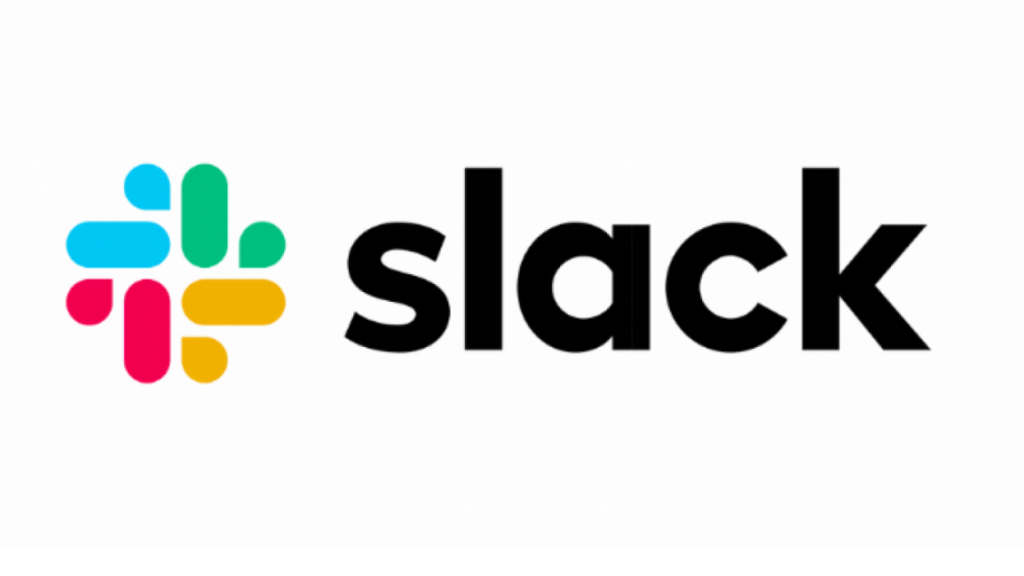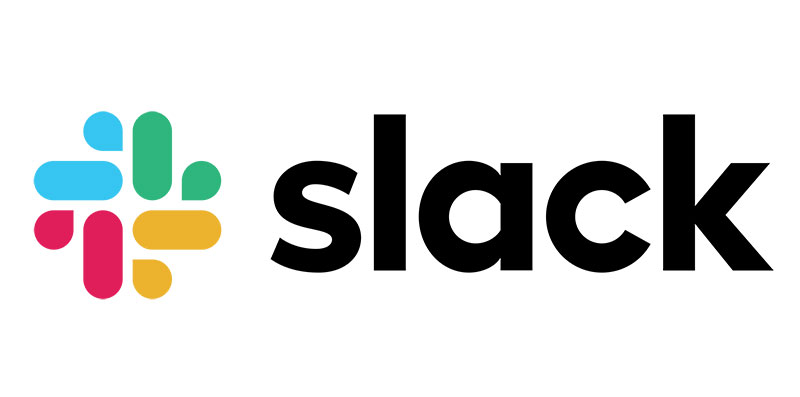Slack is an online chat platform for project management. It has many features make it easy to use and can be accessed on any device. Slack is a virtual workplace where people can collaborate, share ideas, and get work done. It also helps to manage projects and tasks in a more organised manner.
Slack offers many ways to use it for project management:
- Searching for people by name or role
- Searching for recent conversations
- Tracking time spent on tasks
Aside from these, we have created this guide to teach you how to use Slack for project management.
What is Slack?
With Slack, people can stay connected to the information they need. Communication within organisations is transformed by Slack by bringing people together to work together as one unified team. Whether you’re inside or outside your organisation, Slack makes collaborating with colleagues easy. Message anyone and collaborate as if you were face-to-face.
People can work in dedicated workspaces called channels designed to bring together the right people with the right information. All members of an organisation have access to the same shared and searchable information in Slack.
Information can be shared instantly with everyone in a team when they work together on channels, which helps teams remain aligned and make faster decisions.
How does Slack work?
Look at some of Slack’s primary components to understand how it works:
Workspace
Slack teams, usually from the same organisation or project team, have their workspaces. Within a workspace, teams may:
- Connect work-critical online collaboration tools and services
- Share files
- Locate the documents for project planning, determine the success criteria for your deliverables, and so on by searching conversation archives.
It is necessary to be invited to a workspace before you can join it. The alternative is to create your workspace if you cannot join any existing one. Users can join multiple workspaces using the same e-mail address.
Channel
A channel is where you can find documents, people, information, and tools necessary for completing your task. There are different channels for different purposes, including projects, teams, and topics, which can help keep things organised. Depending on their type, channels can be either public or private.
Threads
In Slack, threads are useful for organising discussions. Members of the team and guests can start message threads in channels and direct messages. It is possible to separate conversations with threads so that the main conversation view is not cluttered by many conversations. You can follow or unfollow threads depending on whether you want to be notified of new replies.
Voice calls
You can call at least one of your teammates via direct message with Slack’s built-in calling feature. Calls from channels and direct group messages are only available to paid Slack subscribers. Zoom, join.me, RingCentral, Cisco Webex, and other calling apps with Slack.
Using Slack requires signing up, selecting a team URL, and then allowing team members to join by approving their email addresses.
Slack’s free version is ideal for new teams testing the waters. Up to 10,000 of your most recent messages are archived (you can send an unlimited number of messages), and you can search through and retrieve them at any time.
5 Ways You Can Use Slack For Project Management
Slack says on its website that it doesn’t replace the project management tools you already use — but it makes them better. At its core, Slack is a communication tool, not a project management tool like Asana, Wrike, Jira, and Smartsheet. What are the benefits of using Slack for project management?
1. Create project-specific channels
Team members can set up as many project-specific channels as they like in Slack. As a result, you will be able to get the right information and people into the right channels. Sending unnecessary emails to team members and stakeholders is no longer necessary.
You can create as many channels as you need for your projects, teams, or topics. You can pin messages and files (e.g., designs, documents, briefs, etc.) to direct messages and channels. Items pinned to a channel or direct message are accessible to anyone in the channel.
2. Connect the tools you already use
With Slack’s app store, you can connect the tools you already use to bring project notifications into Slack and perform actions without switching between applications. For example, Asana’s integration with Slack lets you create tasks, convert Slack messages into tasks, or perform task actions without leaving Slack.
Use Slack’s API to develop custom apps to address your company’s unique needs. Slack’s app directory lets you integrate third-party tools your team already uses or find new ones to help you stay productive.
3. Automate reminders
Keeping track of meetings, reviews, approvals, and status updates is important, but if you’re not doing so or sending yourself (and your team) an automated reminder, something could slip through the cracks.
There are several ways to set up Slack reminders:
- Create a reminder for yourself: Select shortcuts (the lightning bolt icon). Add the date, time, and a brief description of the event you’d like to remind yourself about by selecting “set me a reminder.” When setting a reminder for yourself, include a date and time and a short description.
- Come back to a message at a later time: If you don’t have time to respond to a message right away, you can do so later. Reminders can be set by clicking the three dots icon next to a message and selecting “remind me about this” from the menu. By clicking on “custom,” you can create your timeframe. To remind yourself to return to a message later, locate the three-dot icon next to the message.
- Create a custom reminder using a slash command: Using the /remind command, you can create a reminder for the entire channel, a specific team member, or yourself.
4. Manage tasks
There are multiple ways to manage tasks in Slack:
- Integrate a task management app: Use a task management tool such as Trello, Todoist, or Wunderlist to add tasks to your team or personal to-do list without leaving Slack.
- Use /todo or /my todo commands: Workast can integrate into Slack so you can assign tasks to team members and manage your tasks using /todo or /my todo commands.
- Pin or save messages: You can create a Slack to-do list by pinning or saving messages instead of using a task management app. A pinned message can be viewed using the details icon on the upper right-hand side of a Slack channel, while a saved item can be viewed via the “saved items” option near the top of the left menu.
5. Share files and collaborate
Simply upload and share a file to initiate collaboration if you need input on a presentation or final approval on a design. Files can be added from your computer, mobile device, or storage services such as Google Drive, Dropbox, Box, or OneDrive.
Your workspace allows everyone to download, save, or share files uploaded, and you can share them across channels and direct messages.
Conclusion
The tools you already use for project management aren’t going to become obsolete with Slack – but they will become better with it. With powerful integrations with other services, Slack can handle tasks, notifications, and more. The following are some benefits of using Slack for Project Management:
- Discuss and manage tasks
- Keep projects on track
- Easily share and collaborate on project files
FAQ
How do I use Slack as a task manager?
Slack is a chat-based messaging app that allows its users to create channels for different purposes and invite other people to join. It is widely used by companies to facilitate communication within the company.
Slack is a tool that helps you stay focused on your work by providing reminders, deadlines, and alerts. It also lets you share files with colleagues in real-time.
How do you calculate Slack in project management?
The best way to calculate Slack in project management would be by calculating the number of hours people spend on it per week or month.
Is Slack a task management system?
Slack has been used as a task management system for many people. There are no official statistics on how many people use Slack as their task management system, but it seems to be popular among professionals in the workplace.

